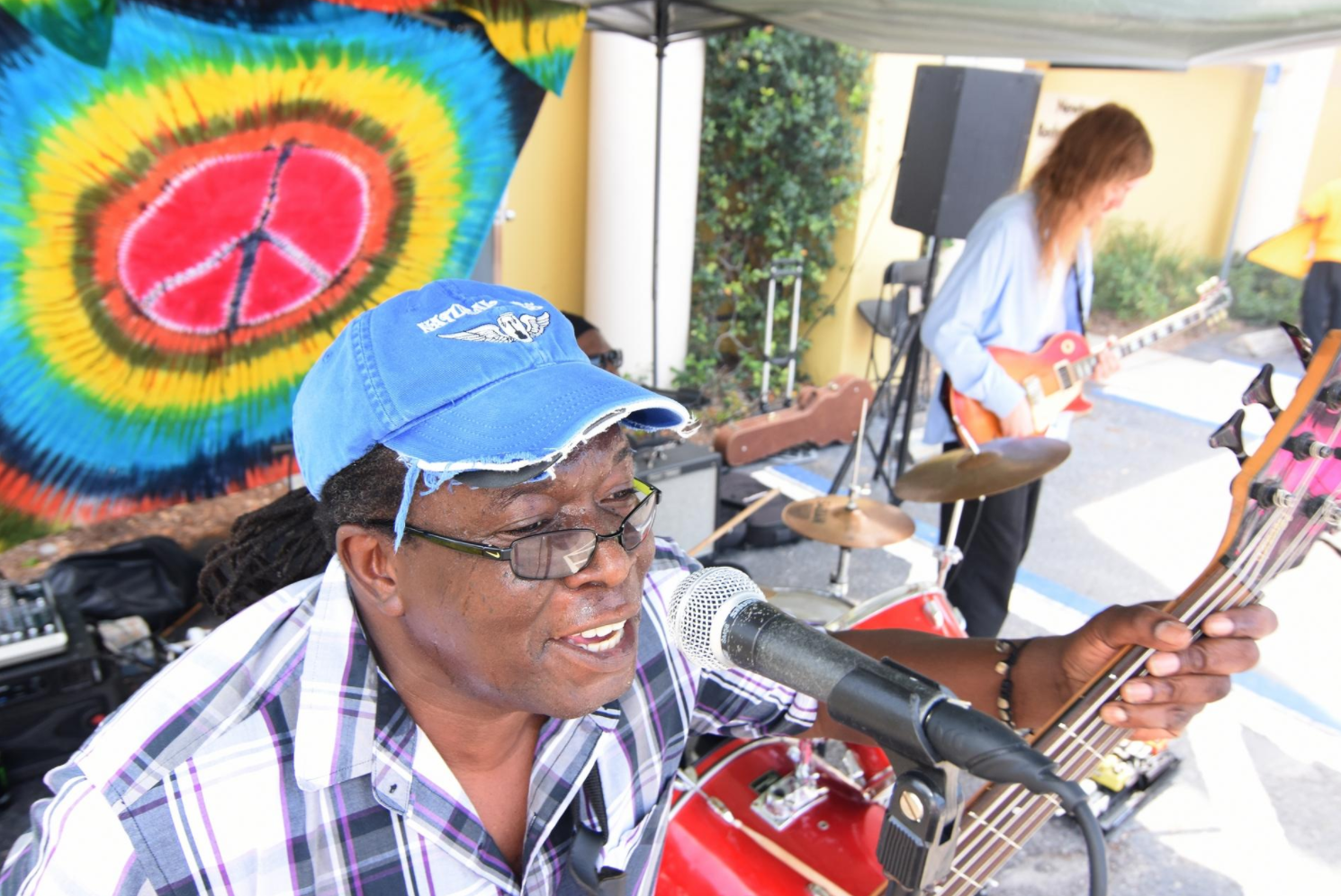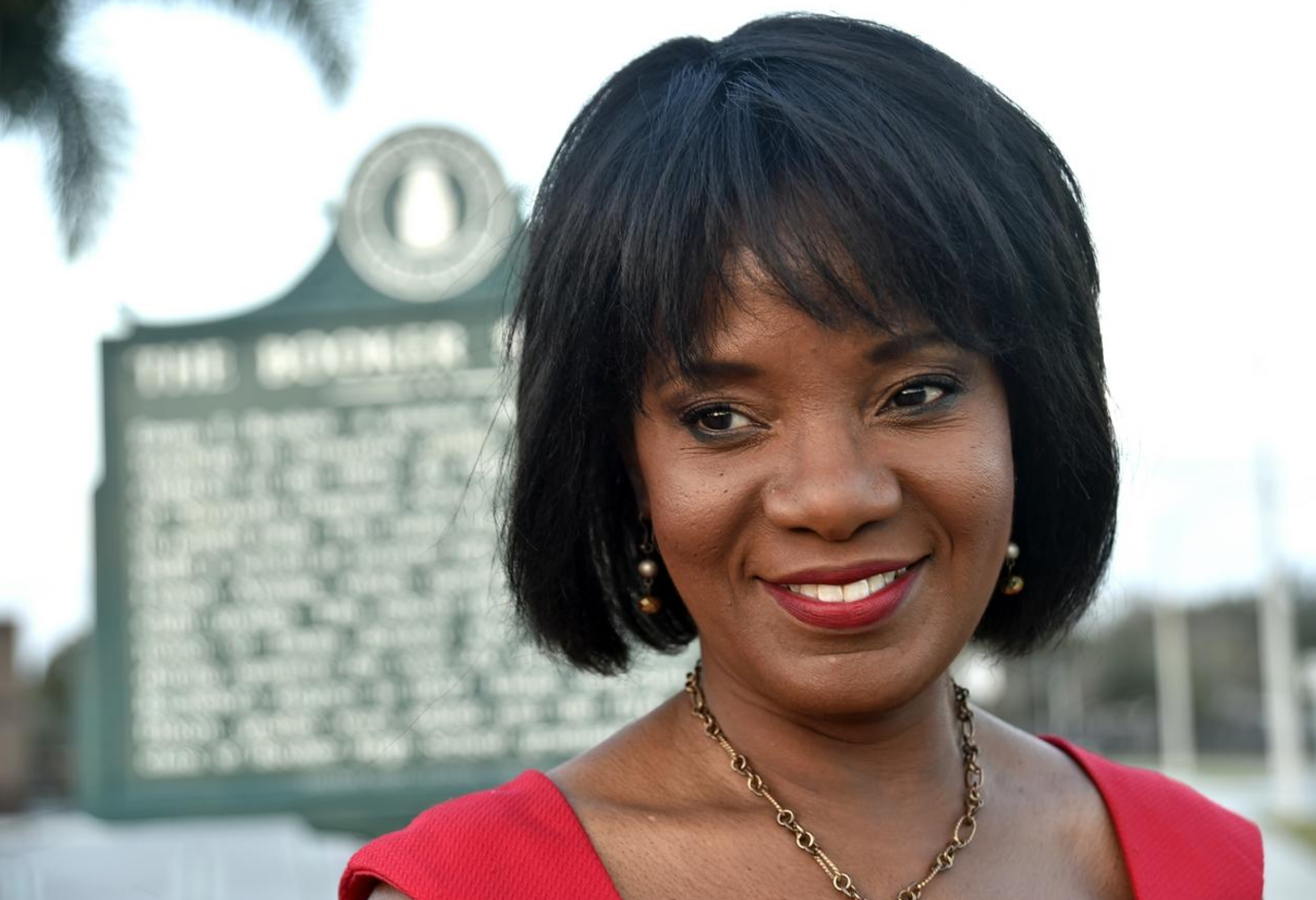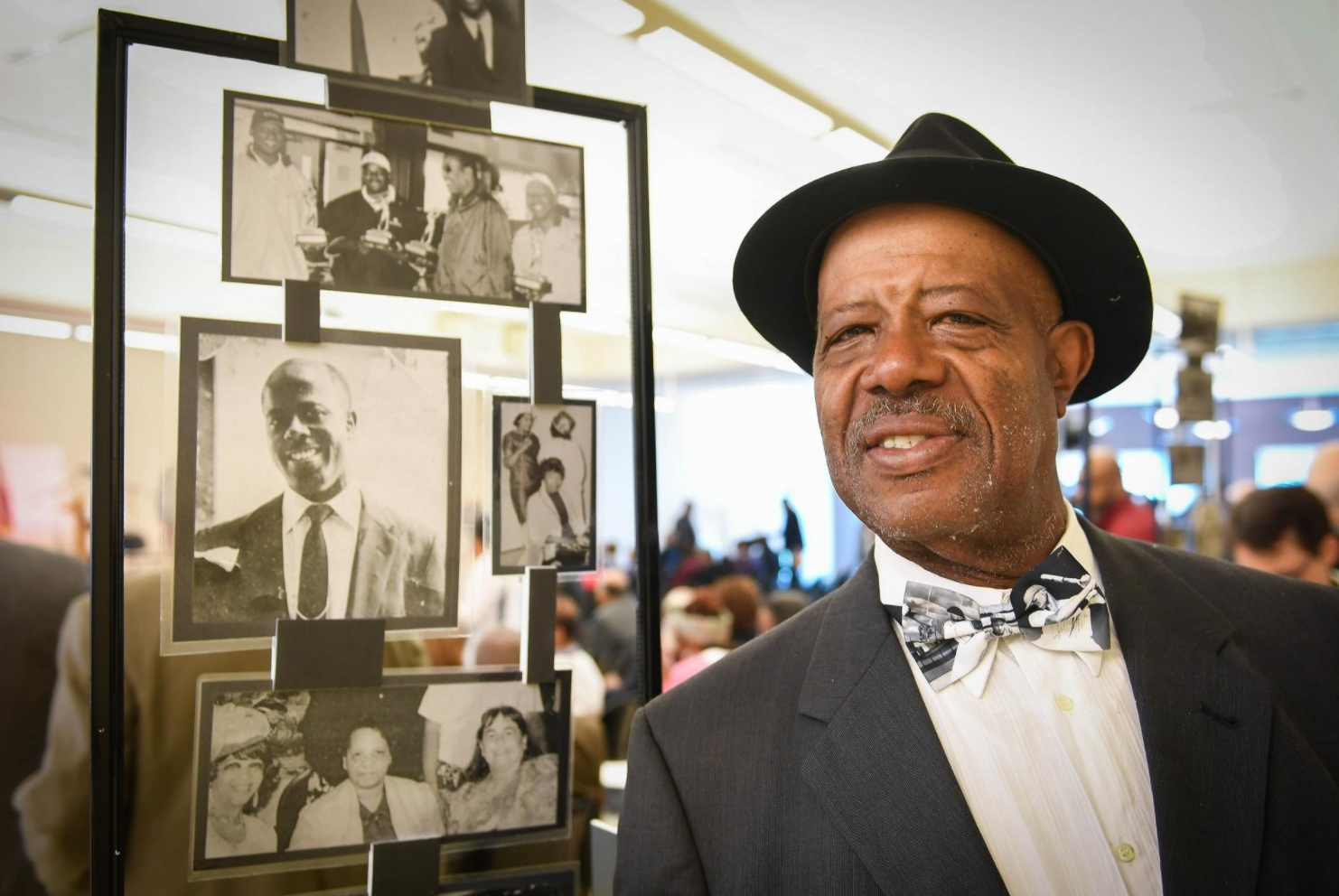A new project will offer a picture of the community’s history from 1914-2014.
There was a time when home remedies made from cobwebs, cotton balls and turpentine cured everything in Newtown. Back then, hospitals would turn their heads at black residents, but that didn’t stop the community from thriving.
Nearly 100 African American-owned businesses dotted Martin Luther King Jr. Way. And when some construction companies refused to build homes in Newtown, residents took matters into their own hands. Literally. They built their own homes, some of which still stand tall today.
Stories such as these are being compiled in the recently launched Newtown Conservation Historic District project. The city-funded initiative aims to piece together a picture of the community’s history from 1914-2014.
As Project Director Vickie Oldham puts it, the project looks at how Newtown residents worked, played and prayed.
The project received $50,000 from the City of Sarasota’s demolition fund, which goes toward projects that support historic preservation.
A team of volunteer researchers, ranging from ethnographers to anthropologists to architects, has partnered with local college students to complete the first phase of the project.
At its completion, there will be dozens of video-recorded oral histories and a historic map documenting historically significant properties in Newtown. Along with an interactive website, a walking tour and historic markers will guide people through the community.
It’s been a long time coming for the historically African-American community of Newtown. In the 1980s, former Sarasota mayor and City Commission member Fredd Atkins started playing with the idea of a project that would celebrate Newtown.
“The community will not only learn more about their history and their forefather’s history, they’ll also learn to respect the struggle and respect the opportunities they have now,” Atkins said. “A lot of the things going on today go contrary to this struggle. I think the project will help young people, and new people coming here, celebrate our history and our community.”
There’s also a sense of urgency. Young people are leaving Newtown for the same reason their ancestors first came: jobs.
“The community is consistently dying,” said Jetson Grimes, owner of Jetson’s Unisex Salon — don’t call it a barbershop — on North Osprey.
Grimes hopes the project will remind the greater community that Newton is also a part of Sarasota.
Oldham points to the Rosemary District, the city’s first documented black community.
Today, a plaque commemorates the area’s history, but development and outside investors have slowly pushed out the descendants of those first families.
“I hope that this project will reveal the past so that it can improve the quality of life for African-American residents as we move into the future,” Oldham said.
By Yadira Lopez







